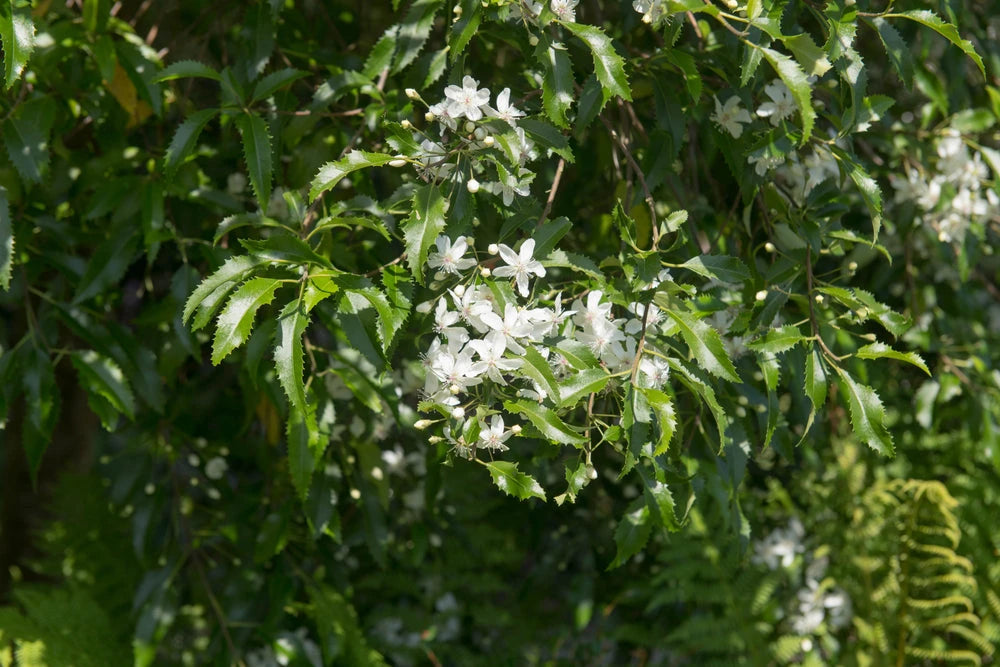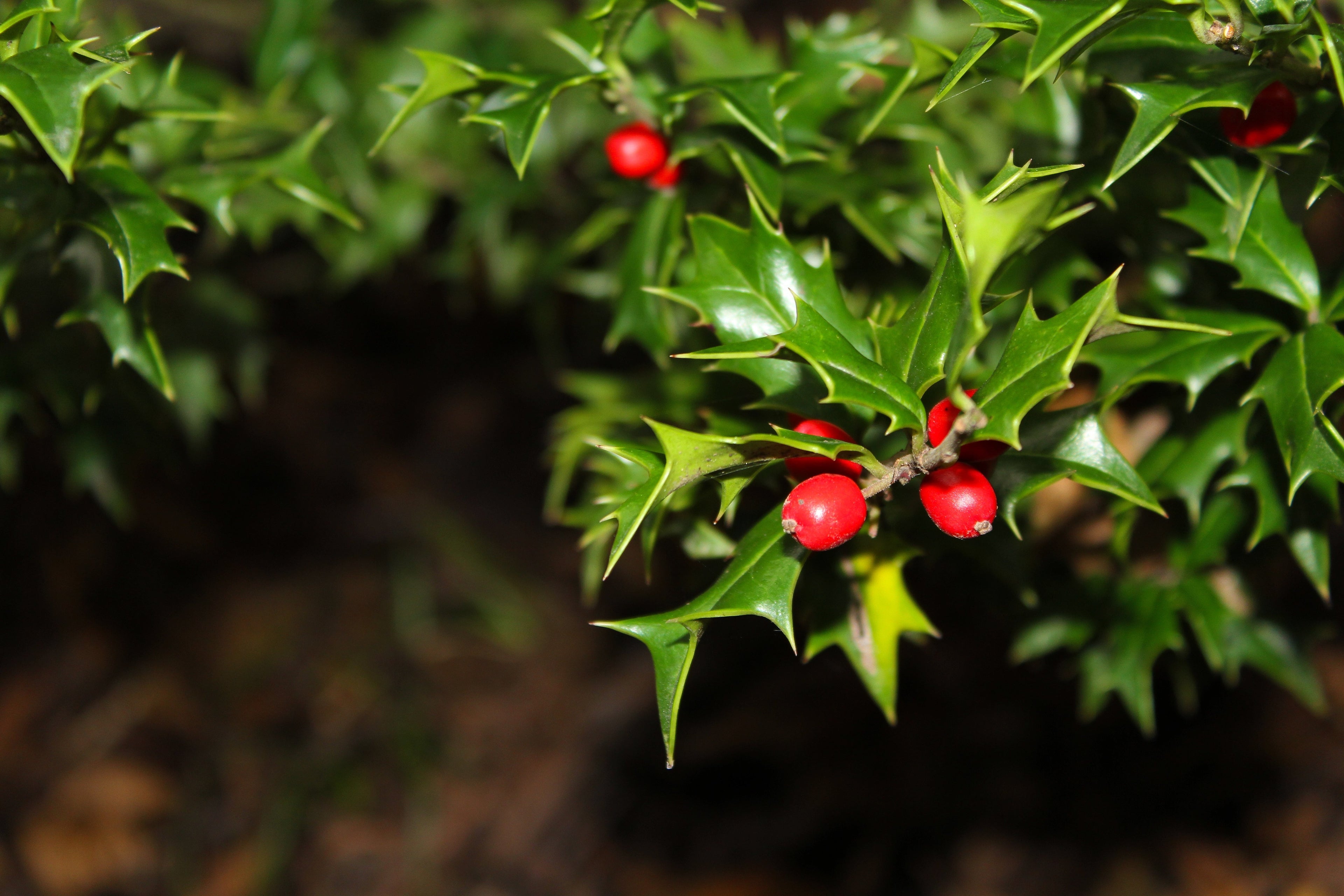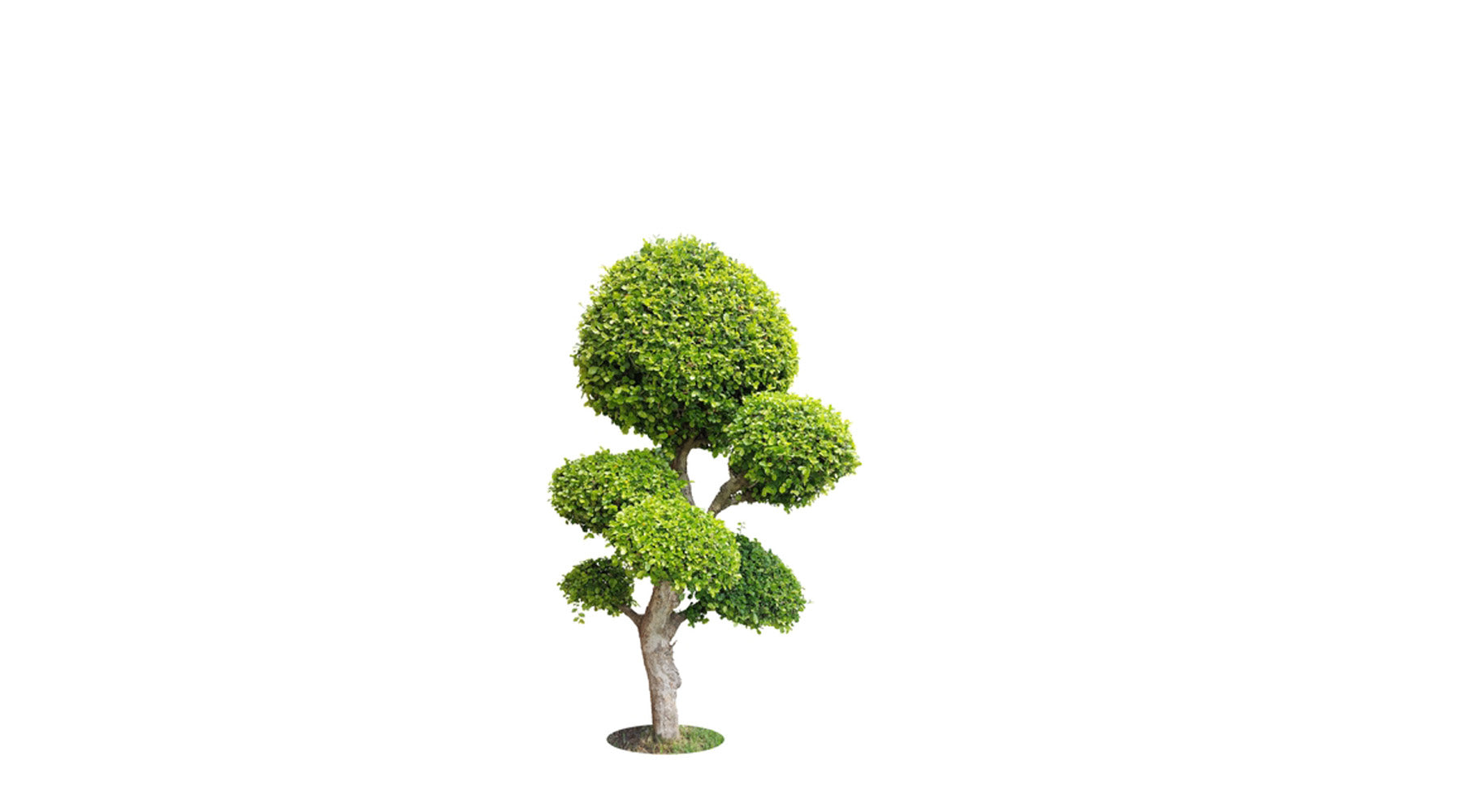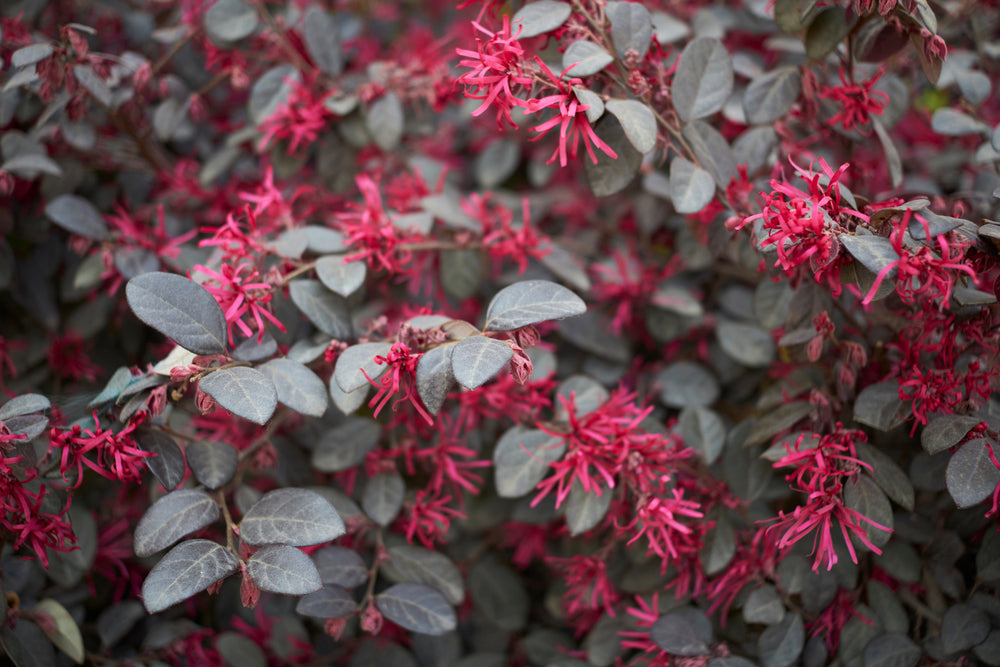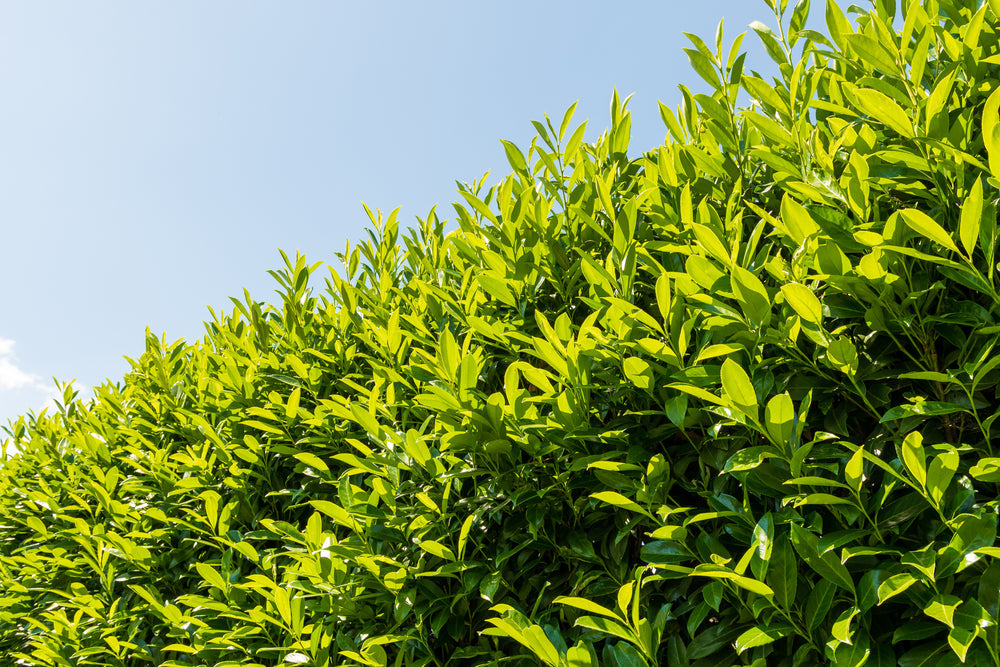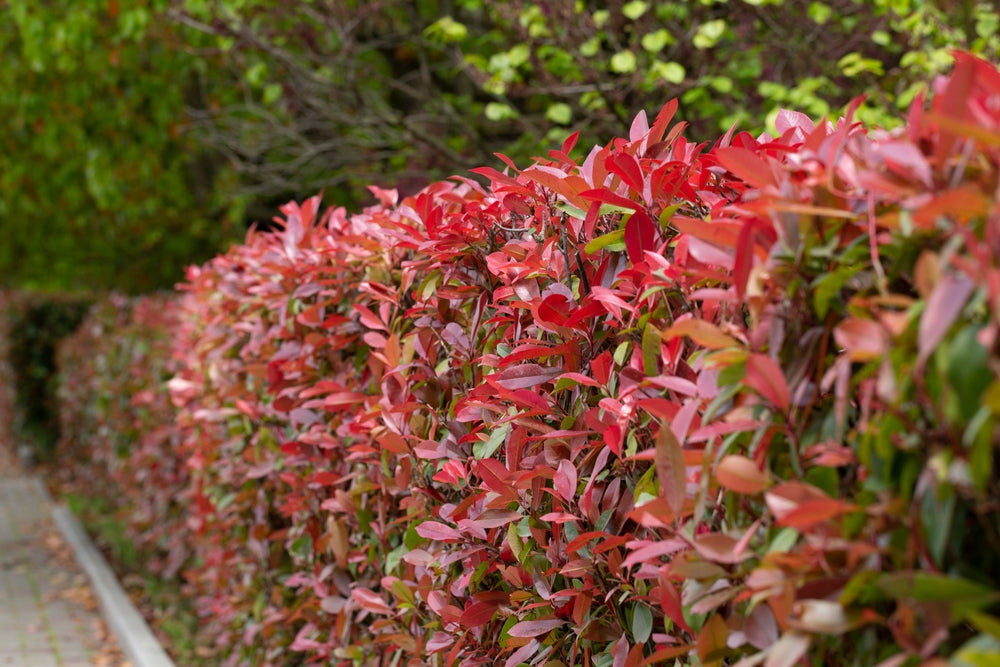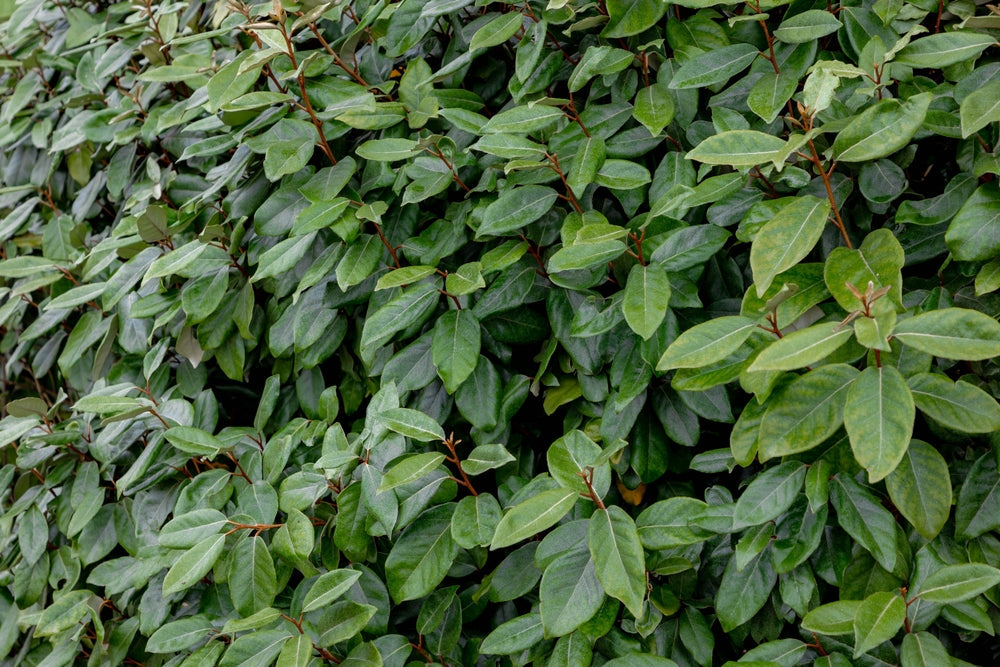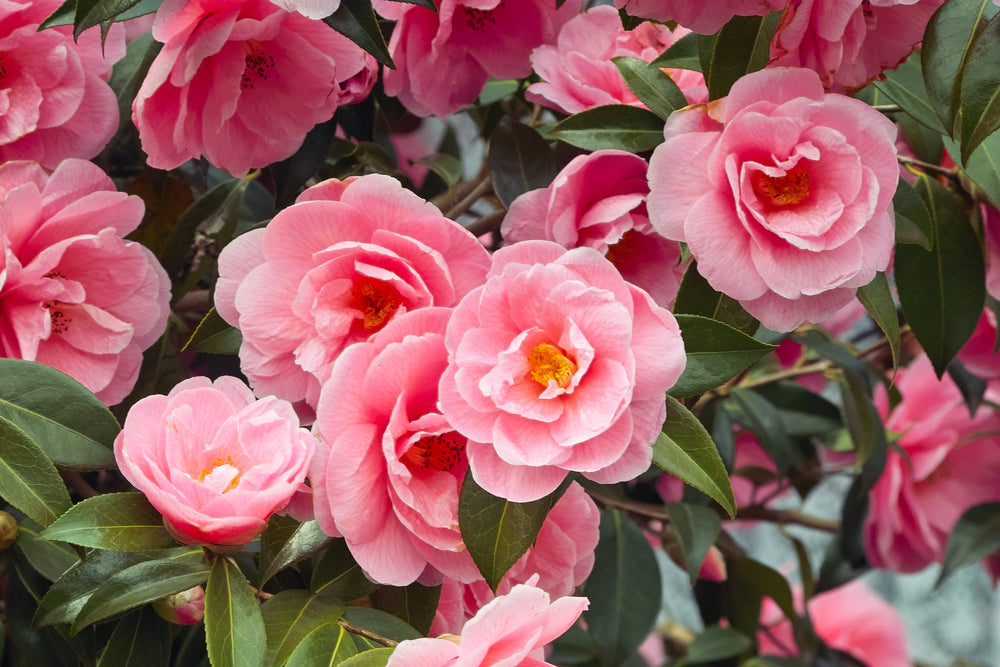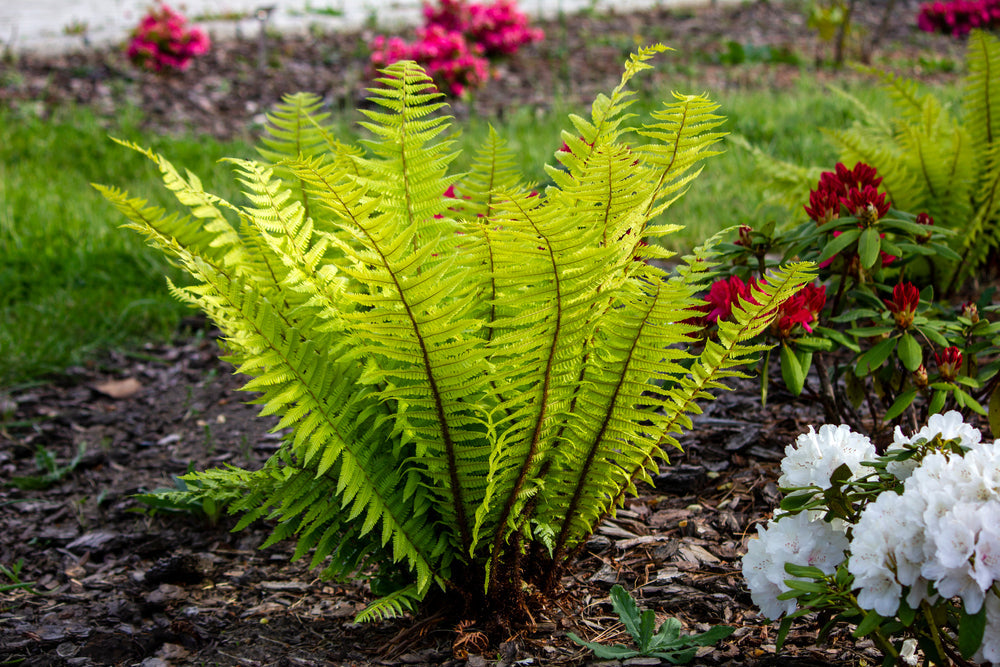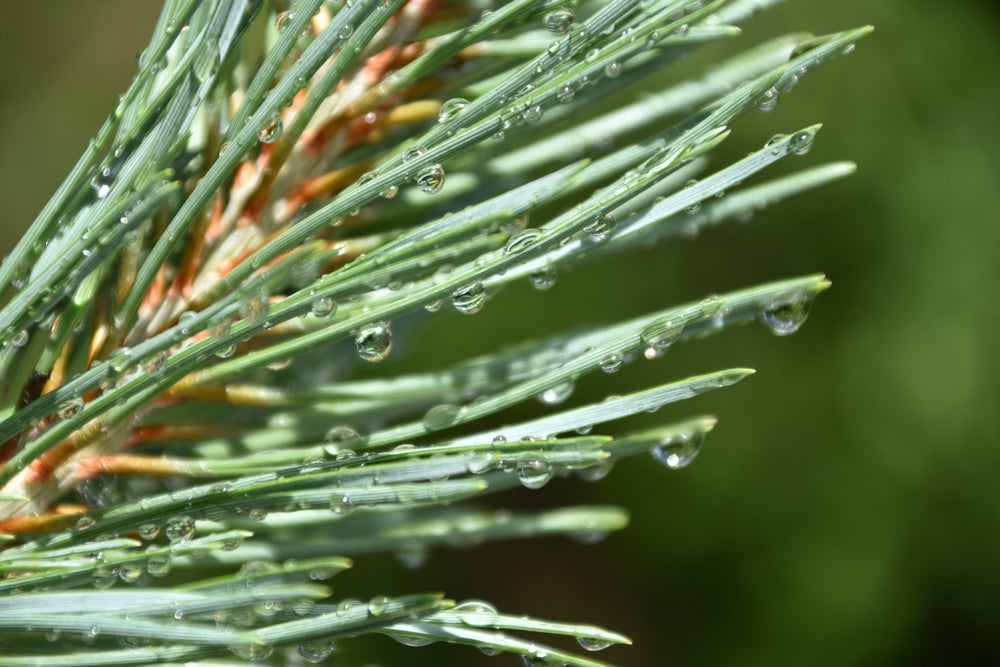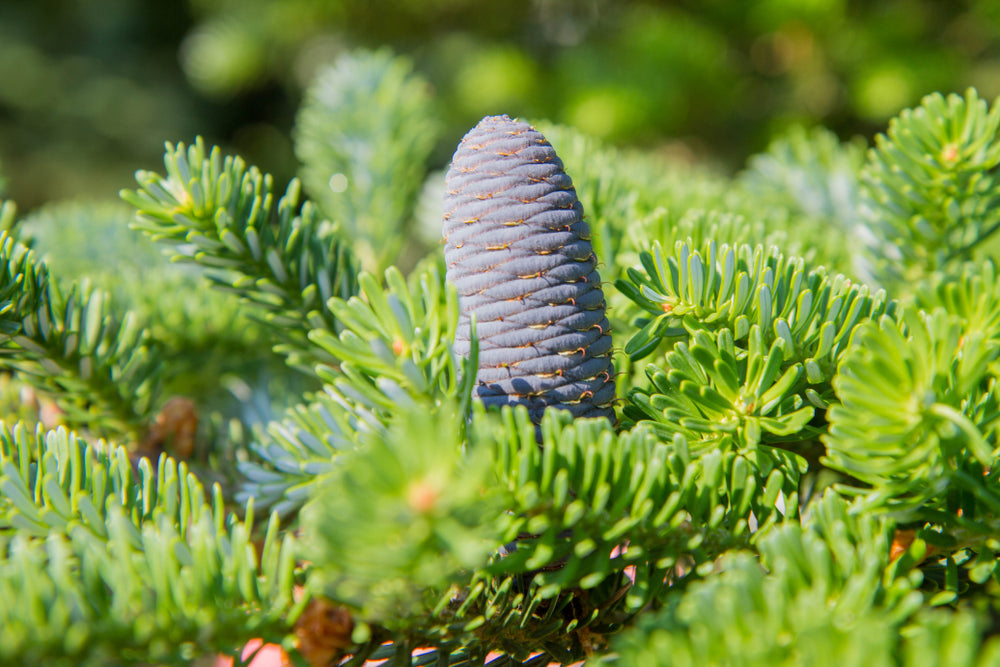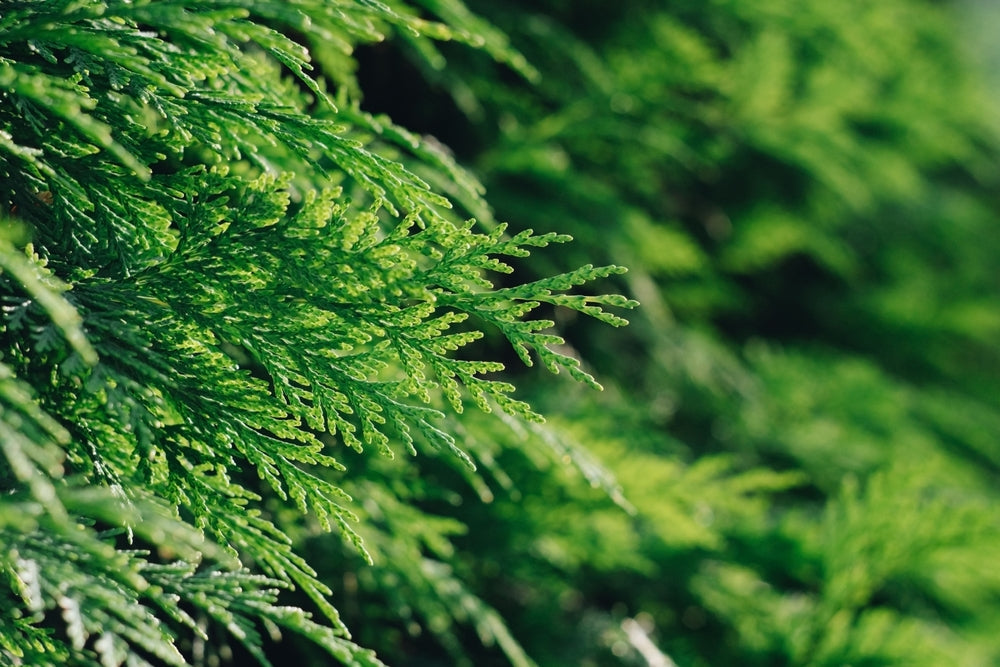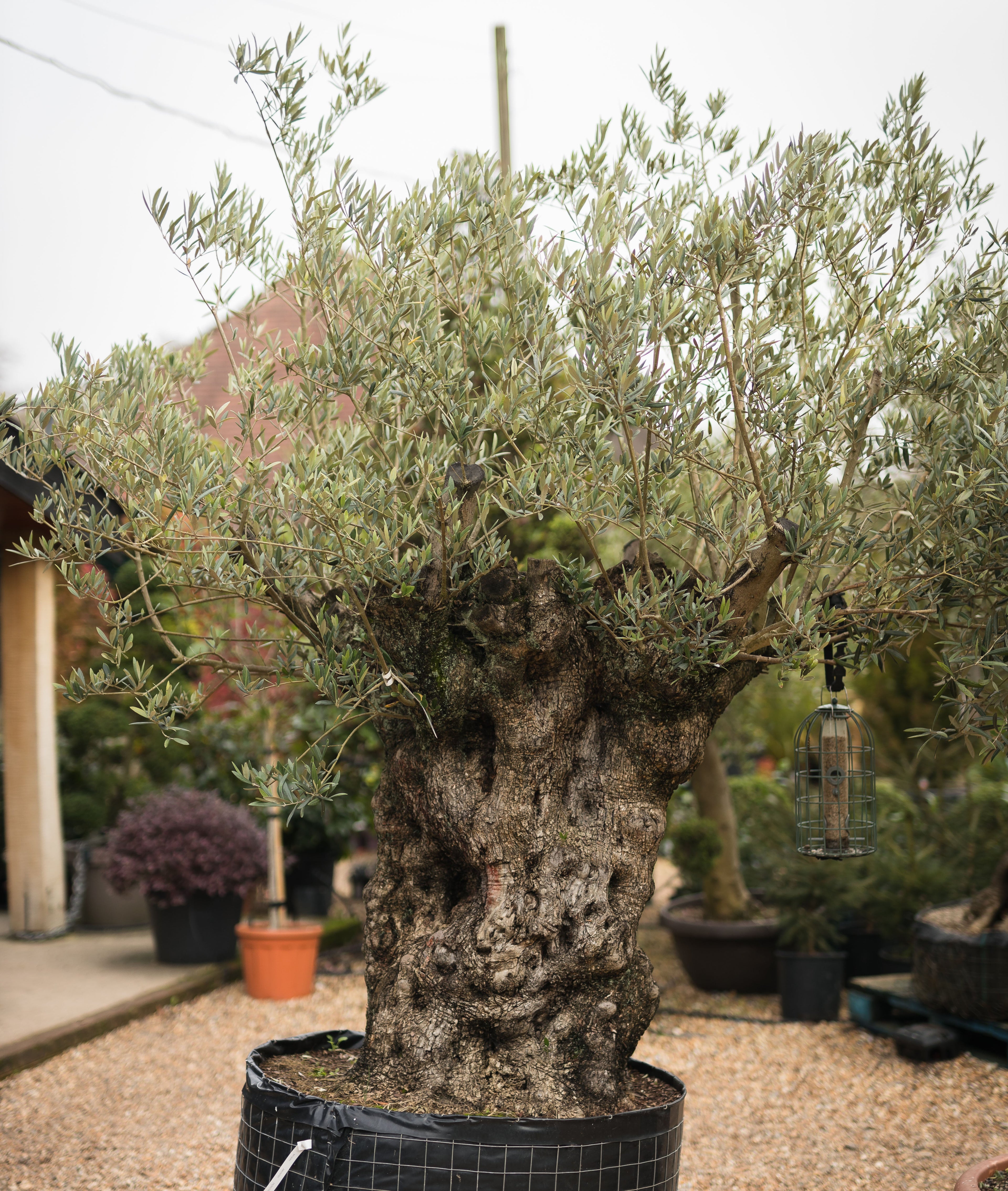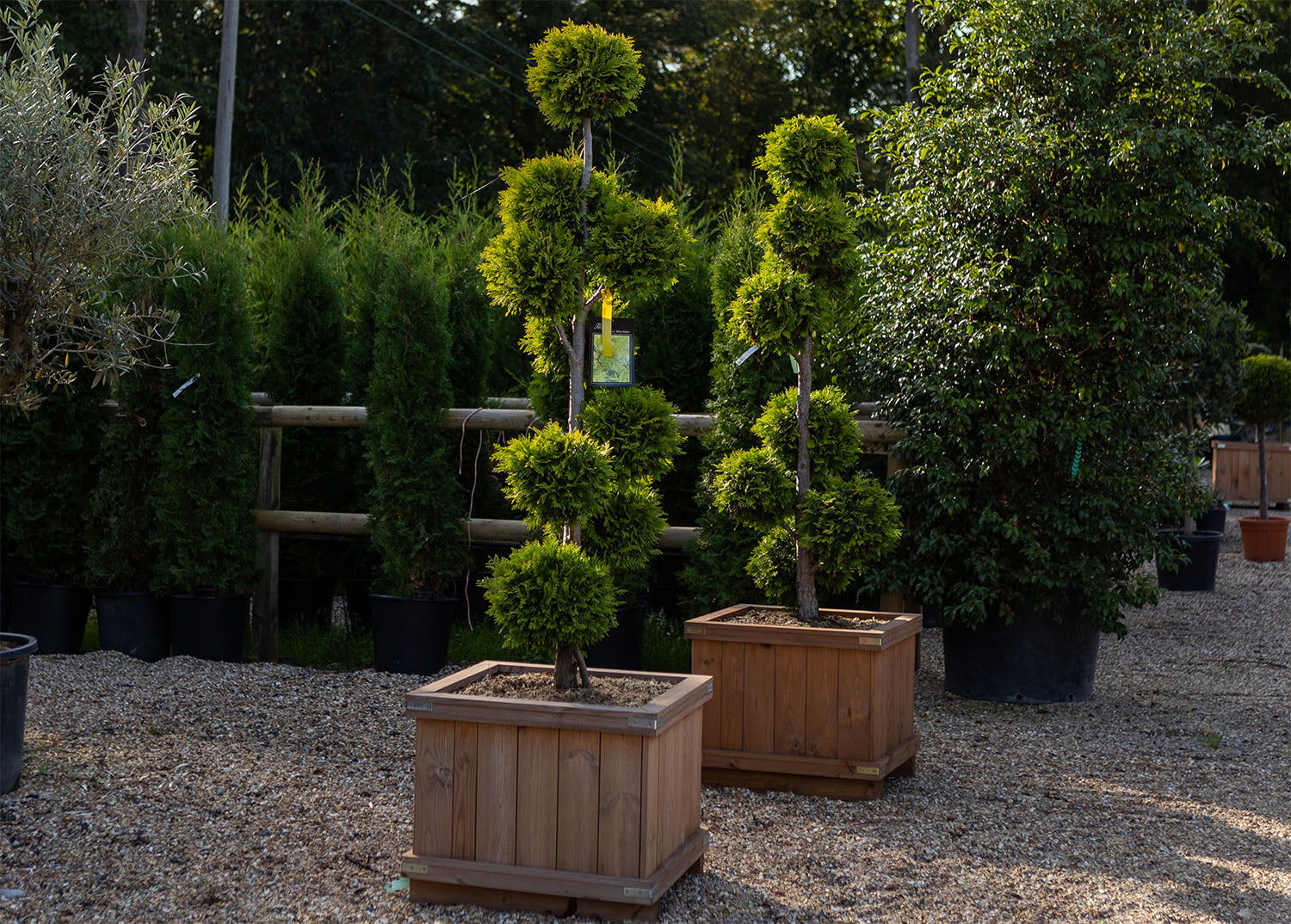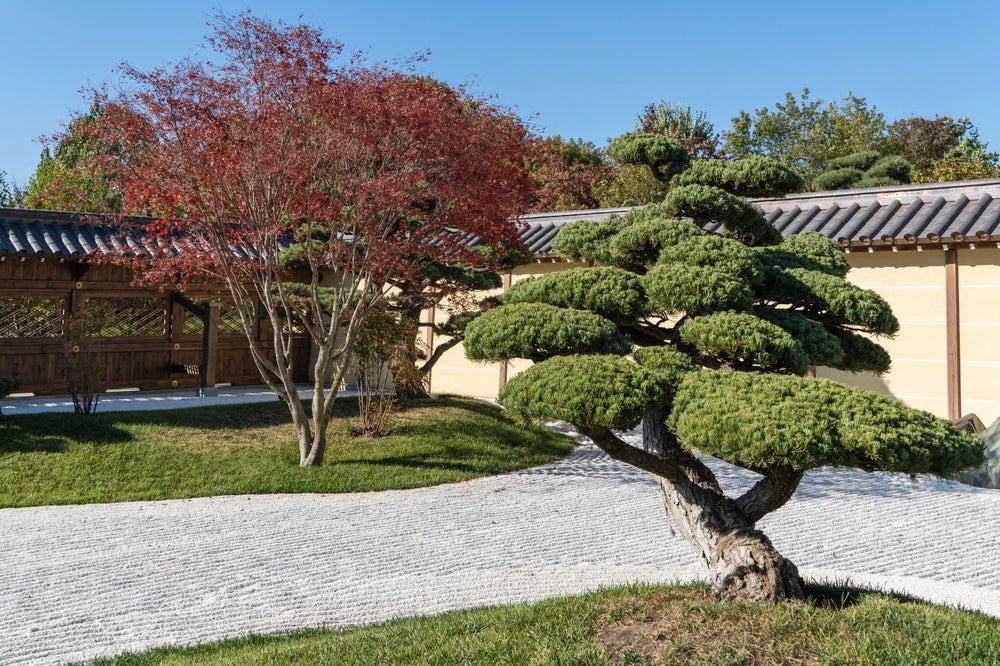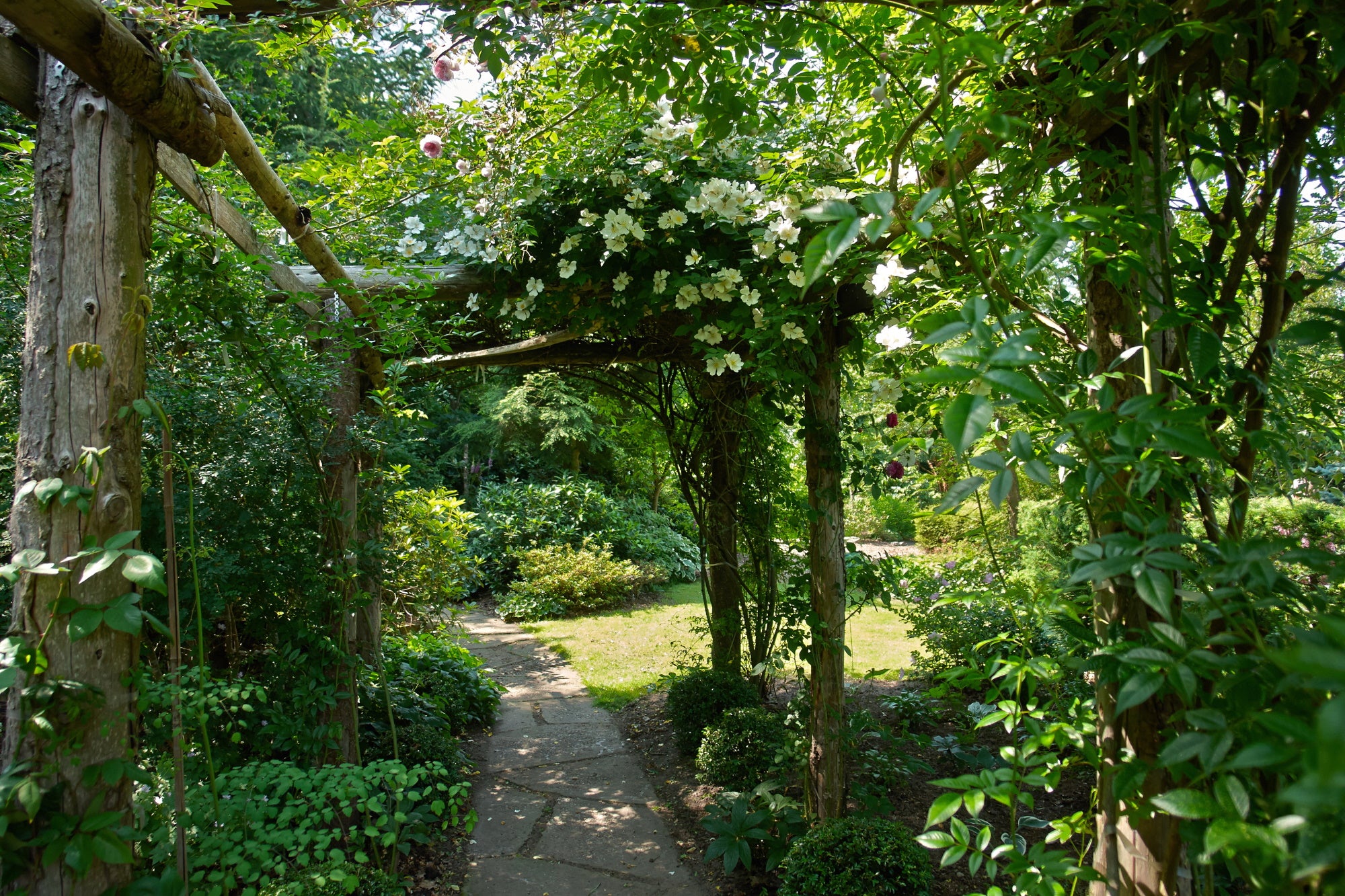
Plants for a shady garden
Most gardens will have some form of shade; this could be caused by the direction your garden faces, existing trees and hedges, fences or buildings. With some careful planning, taking into account the shady areas, it is possible to maximise your garden with correct planting.
Things to take into consideration when deciding which plants to buy for shady areas:
- You will need to take into account the areas in shade and whether it is partial or full shade.
- You will need to determine whether your shady garden is dry or wet.
A number of factors can cause a dry area, from walls and fences sheltering the beds to existing trees and their roots. Falling leaves will prevent rain from penetrating the ground and keeping the ground moist. Equally, if your trees are shallow rooted, they will also keep the ground dry. If your ground conditions are damp, your soil conditions are likely to be cool and moist. If you have clay soil, it will retain moisture well, and ferns would be an ideal choice here.
Adding compost to dry conditions will help the ground to retain moisture. Wet ground conditions will benefit from adding gravel or grit to improve drainage, but it is important to make sure you don’t create sump conditions.
Having a shady garden should not be seen as a negative, as there are many shade-loving plants that will brighten any shady or dark part of your garden. At Arundel Arboretum, we have many plants suitable for a shady garden. Consider Fatsia japonica, Rhododendrons, Pieris, Choisya ternata and Choisya ternate ‘Sundance’.
We would highly recommend:-
Acer palmatum
Acer palmatum is a slow growing, deciduous Japanese maple, which can be grown as a shrub or small tree. The delicate foliage of Acer palmatum is small, five-lobed and deep green in the spring. These turn a stunning red in the autumn. It has an overall height of between 6-10m. Acer palmatum requires well-drained soil with an acidic pH, which will enhance the autumn colours. It can be grown in a semi-shaded position, as too much sun will scorch its fragile foliage.

Camellia japonica has lush, shiny green leaves, which look fresh during the winter months. Camellia japonica produces beautiful, colourful flowers from February through to April. They prefer a moist, acidic, well-drained soil, and are happier in a partial shade position. Too much sun can depress their flowers. They also need to be protected from frost, and it is wise to prune after they have flowered to encourage new growth. They have an eventual height and spread of 1 – 1.5m. They will require extra water during dry summer conditions.

Skimmia japonica ‘Rubella’ is a small, bushy evergreen shrub. Its dark green leaves can be up to 10cm long. Skimmia japonica ‘Rubella’ produces clusters of red buds during the winter, which open out to fragrant white flowers in the spring. They prefer a moist, well-drained soil, and have an eventual height and spread of 1-1.5m.

Share




















